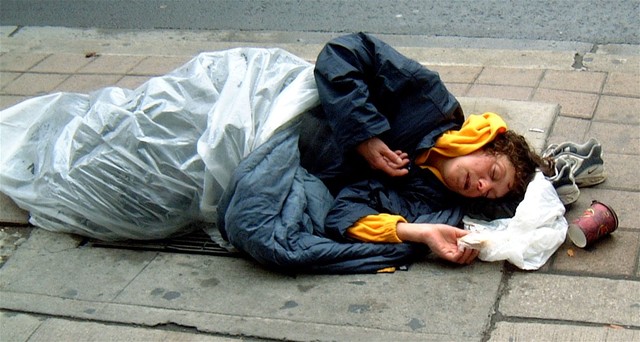Legalized pot is making America’s lower class poorer and less responsible
 New York Post 20 August 2016
New York Post 20 August 2016
Family First Comment: This is a fascinating read.
“The middle and upper classes have been the ones out there pushing for decriminalization and legalization measures, and they have also tried to demolish the cultural taboo against smoking pot. But they themselves have chosen not to partake very much. Which is not surprising. Middle-class men and women who have jobs and families know that this is not a habit they want to take up with any regularity because it will interfere with their ability to do their jobs and take care of their families. But the poor, who already have a hard time holding down jobs and taking care of their families, are more frequently using a drug that makes it harder for them to focus, to remember things and to behave responsibly.”
Pot for the poor! That could be the new slogan of marijuana-legalization advocates. In 1996, California became the first state to legalize the use of medical marijuana. There are now 25 states that permit the use of marijuana, including four as well as the District of Columbia that permit it for purely recreational use. Colorado and Washington were the first to pass those laws in 2012. At least five states have measures on the ballot this fall that would legalize recreational use. And that number is only likely to rise with an all-time high (no pun intended) of 58 percent of Americans (according to a Gallup poll last year) favoring legalization.
The effects of these new laws have been immediate. One study, which collected data from 2011-12 and 2012-13 showed a 22 percent increase in monthly use in Colorado. The percentage of people there who used daily or almost daily also went up. So have marijuana-related driving fatalities. And so have incidents of children being hospitalized for accidentally ingesting edible marijuana products.
But legalization and our growing cultural acceptance of marijuana have disproportionately affected one group in particular: the lower class.
A recent study by Steven Davenport of RAND and Jonathan Caulkins of Carnegie Mellon notes that “despite the popular stereotype of marijuana users as well-off and well-educated . . . they lag behind national averages” on both income and schooling.
For instance, people who have a household income of less than $20,000 a year comprise 19 percent of the population but make up 28 percent of marijuana users. And even though those who earn more than $75,000 make up 33 percent of the population, 25 percent of them are marijuana users. Having more education also seems to make it less likely that you are a user. College graduates make up 27 percent of the population but only 19 percent of marijuana users.
The middle and upper classes have been the ones out there pushing for decriminalization and legalization measures, and they have also tried to demolish the cultural taboo against smoking pot. But they themselves have chosen not to partake very much. Which is not surprising. Middle-class men and women who have jobs and families know that this is not a habit they want to take up with any regularity because it will interfere with their ability to do their jobs and take care of their families.
But the poor, who already have a hard time holding down jobs and taking care of their families, are more frequently using a drug that makes it harder for them to focus, to remember things and to behave responsibly.
The new study, which looked at use rates between 1992 and 2013, also found that the intensity of use had increased in this time. The proportion of users who smoke daily or near daily has increased from 1 in 9 to 1 in 3. As Davenport tells me, “This dispels the idea that the typical user is someone on weekends who has a casual habit.”
Sally Satel, a psychiatrist and lecturer at Yale, says “it is ironic that the people lobbying for liberalized marijuana access do not appear to be the group that is consuming the bulk of it.” Instead, it’s “daily and near-daily users, who are less educated, less affluent and less in control of their use.”
In fact, the typical user is much more likely to be someone at the bottom of the socioeconomic ladder, whose daily life is driven, at least in part, by the question of how and where to get more marijuana. Just consider the cost. Almost a third of users are spending a tenth of their income on marijuana. And 15 percent of users spend nearly a quarter of their income to purchase the drug. The poor have not only become the heaviest users, but their use is making them poorer.
READ MORE: http://nypost.com/2016/08/20/legalized-pot-is-making-americas-lower-class-poorer-and-less-responsible/







